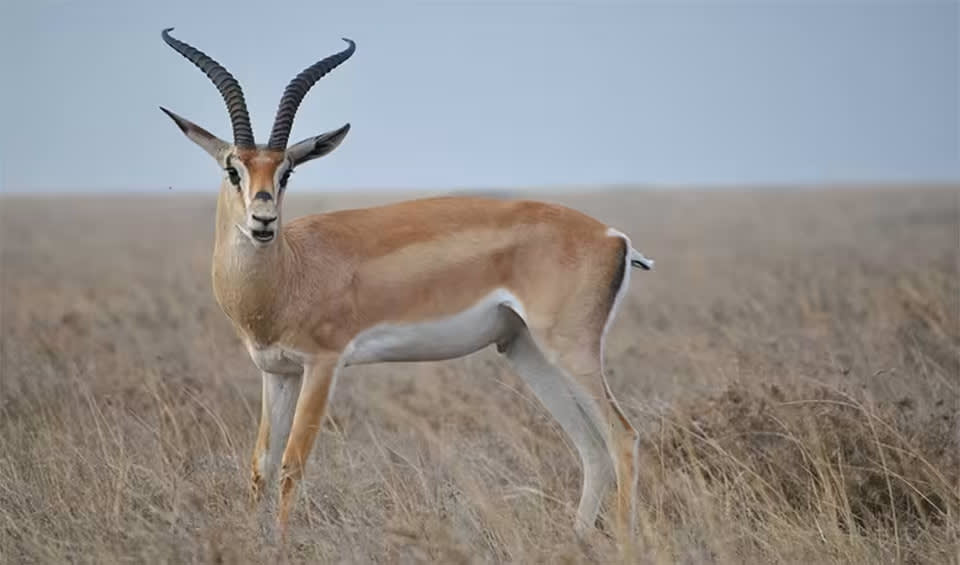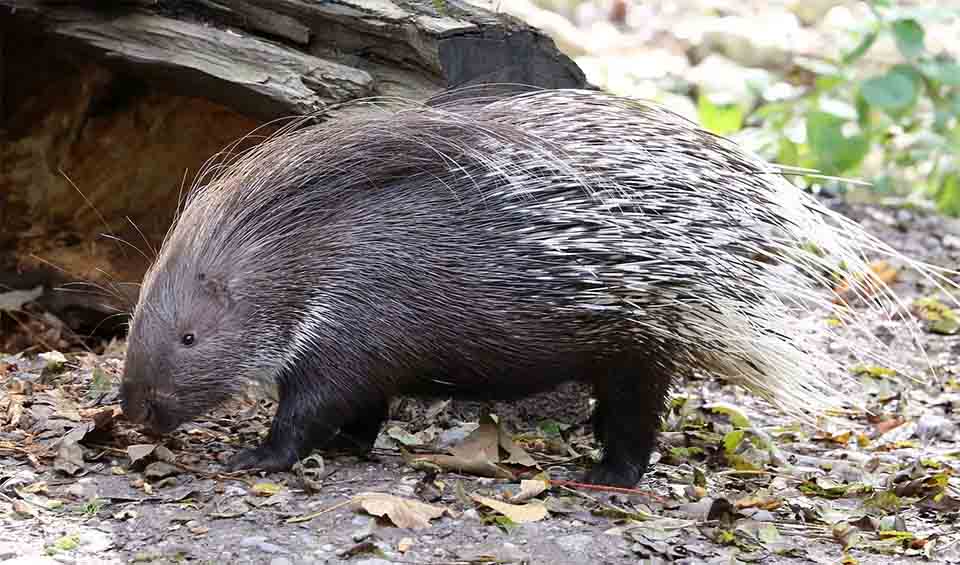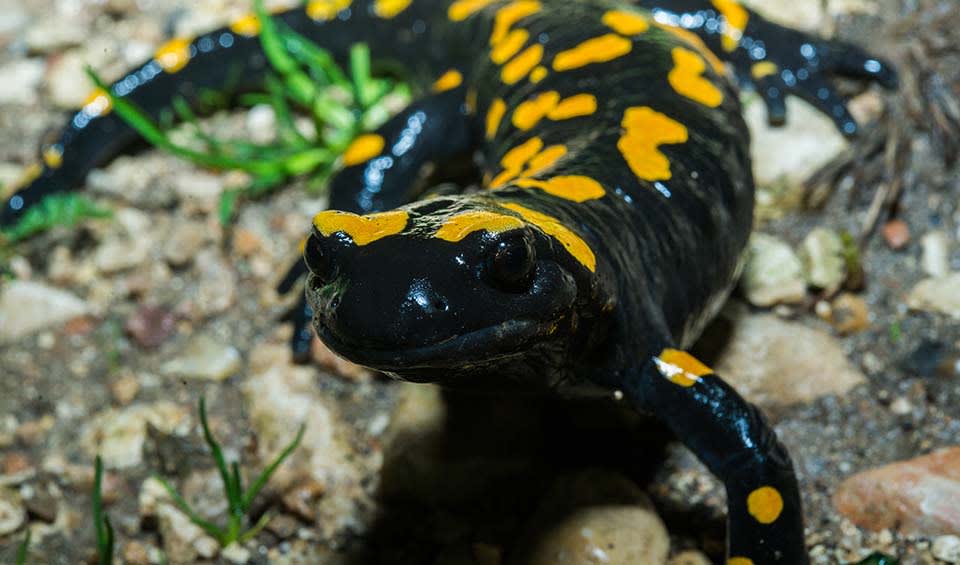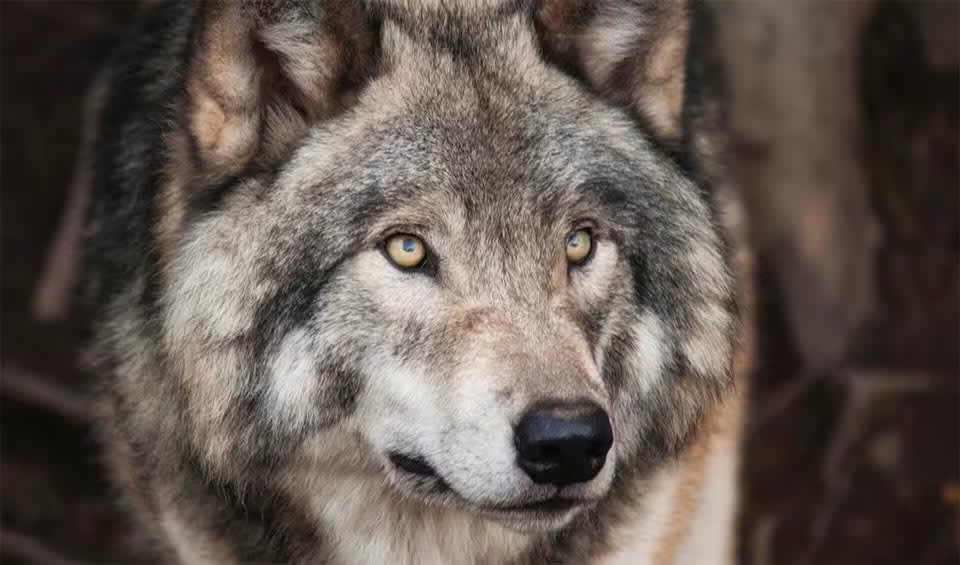Turkey’s geographical location spans both Asia and Europe, bordered by the Black Sea to the north, the Aegean Sea to the west, and the Mediterranean Sea to the south. Its diverse landscape is marked by the Northern Anatolia Mountains along the Black Sea coast, the Strandzha Mountains in the northwest, the Taurus Mountains along the Mediterranean, and the Western Anatolia Mountains near the Aegean Sea. This varied topography, along with Turkey’s extensive network of rivers, lakes, dam reservoirs, and artificial lakes, creates a rich mosaic of ecosystems.
The country’s considerable habitat diversity fosters a high level of species diversity, particularly notable in its fauna compared to other temperate zone countries. Turkey’s position on two major global bird migration routes enhances its ecological significance, providing crucial feeding and breeding grounds for numerous bird species. Additionally, Turkey boasts a rich plant biodiversity with a high level of endemism, further highlighting its environmental importance.
Four pillars elaborated:
Turkey, with a total area of over 1.78 million km² (687,262 mi²), including 10,000 km² (3,861 mi²) of rivers and lakes, boasts a diverse array of protected areas designed to preserve the nation’s rich biodiversity and natural heritage. These protected areas span from coastal regions to mountainous terrains and are crucial in conserving diverse ecosystems. Notable among these are the Köyceğiz-Dalyan Special Environmental Protection Area, Karaca Arboretum, and Kuyuluk Nature Park. These areas are celebrated for their distinct natural features, including caves, karst landscapes, and a wide variety of flora and fauna. Land Management
Land Management
Turkey’s agricultural biodiversity faces significant threats from various practices, including the improper use of farmlands, inappropriate irrigation and farming techniques, and the indiscriminate use of agricultural inputs. Additionally, the cross-breeding of local species with economically valuable foreign ones, along with inadequacies in land registry and cadastre areas, pose major risks. The steppe ecosystems in Turkey are also under threat due to the damaging impacts of infrastructure development, excessive harvesting of economically valuable plants, and the detrimental practices of unplanned deforestation and overgrazing. Threats to Biodiversity
Threats to Biodiversity
Turkey’s constitutional commitment to protecting its historical, cultural, and natural assets is reinforced by Article 63, which emphasizes species conservation in natural habitats and reflects the country’s longstanding environmental policies. This dedication has historical roots dating back to the designation of the first national park in 1958 and became more formalized with the Environment Law, aiming at sustainable environment and development principles. Various national environmental strategies, including action plans for plant genetic diversity and wetland conservation, support these efforts. Financial mechanisms for these conservation activities are provided by the State Planning Organization’s investment programs, fines, and revenues from environmental services. Significant projects, such as the World Bank-Global Environmental Fund supported Biological Diversity and Natural Resource Management Project completed in 2007, have aimed at participatory planning and sustainable management of Turkey’s natural resources. Capacity and Governance
Capacity and Governance
Additionally, the Ministry of Environment and Forestry (MEF) and the Ministry of National Education engage in regular educational and public awareness initiatives to enhance public involvement and NGO capacity in biodiversity conservation. The MEF, along with its affiliated agencies, plays a critical role in formulating conservation policies, managing protected areas, and integrating climate change management into national development, reflecting Turkey’s proactive approach to environmental challenges and biodiversity preservation.
Turkey’s National Biodiversity Action Plan prioritizes the involvement of local communities and stakeholders in biodiversity conservation. It promotes a participatory approach to incorporate their traditional knowledge and perspectives in decision-making. The plan supports community-based conservation, empowering locals through initiatives like managing reserves and sustainable resource use. Additionally, it focuses on enhancing community understanding of biodiversity through educational programs and offers incentives for active participation. Collaborative partnerships between government, NGOs, and communities are also emphasized to implement and share responsibilities in conservation efforts, ensuring the sustainable management of Turkey’s rich natural heritage. Future Trends
Future Trends
Biodiversity
Turkey is a country of significant biodiversity, attributed to its unique position at the crossroads of Europe, Asia, and the Middle East, coupled with its varied climate and topography. In the northern regions, along the Black Sea coast, lush temperate rainforests host diverse plant species, including ancient trees and endemic plants. These forests are home to wildlife such as the brown bear, lynx, and wild boar. The mountains of eastern Turkey, such as the Pontic and Taurus ranges, provide habitats for high-altitude species, including the critically endangered Anatolian leopard and numerous bird species like the Caspian snowcock.The central Anatolian plateau features steppe ecosystems, which are home to various grasses and wildflowers, along with animals such as the Anatolian ground squirrel and the marbled polecat. Turkey’s Mediterranean and Aegean coasts boast rich marine biodiversity, with seagrass meadows and coral reefs providing habitats for species such as sea turtles, monk seals, and various fish and invertebrates. Wetlands, including the famous Lake Van and the Göksu Delta, serve as crucial breeding and stopover sites for migratory birds, making Turkey a critical region for avian biodiversity.
In the table below are the number of known species in several main groups, how many of these species are Threatened with extinction, and how many of them are Endemic (unique to Turkey only):
| Species (World rank) |
Threatened | % Threatened | Endemic | % Endemic | |
|---|---|---|---|---|---|
| Mammals | 173 (#70) | 19 | 11.0% | 8 | 4.6% |
| Birds | 393 (#86) | 21 | 5.3% | ||
| Reptiles | 154 (#62) | 21 | 13.6% | 18 | 11.7% |
| Amphibians | 37 (#74) | 10 | 27.0% | 8 | 21.6% |
| Fishes | 871 (#63) | 162 | 18.6% | 53 | 6.1% |
| Plants | 11,707 (#27) | 113 | 1.0% | 3,649 | 31.2% |
mammals
Mountain gazelle
When running, they employ a playful and energetic bounding leap, which is aptly referred to as “pronking” or “stotting”
European pine marten
Sometimes called the “squirrels of the weasel family” due to their impressive arboreal abilities
Indian crested porcupine
This charismatic creature is not just a quilled beauty but also a skilled architect
birds
Steppe eagle
The treasured bird of Saladin, the first Sultan of Egypt
White-headed duck
Their stiff, upright tail feathers aid them in swimming and diving
European stonechat
Recognizable by their distinctive and familiar call, resembling the noise of small pebbles colliding, creating a “tak tak” sound
reptiles
European adder
A venomous snake native to Britain and found all across Europe
Desert monitor
Known for their impressive stamina and can travel long distances in search of food and water
European pond turtle
At the first sign of danger, it will quickly dive into the water and hide
amphibians
Near Eastern fire salamander
Visually striking, these show-stoppers have bright yellow fire-like spots on their body
Savignys treefrog
Also known as the Lemon-yellow tree frog, the Middle East tree frog
Yellow-bellied toad
Has the ability to survive in varying water salinity levels, which is unusual for freshwater amphibians
National Animals
Wolf
The howl of each wolf is different
Redwing
In Iceland, its arrival is eagerly awaited as it signifies the end of the harsh winter


















